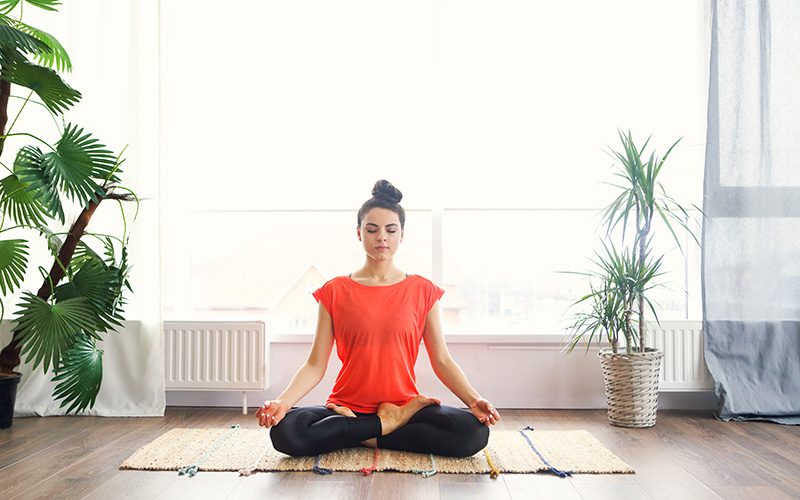
We have all been there. Idly thinking aloud about giving something a try, whether it is drawing, music lessons or yoga, only to be completely overwhelmed with a bombardment of advice from family and friends who already practice the activity – sometimes to the point that we lose our momentary spark of interest under the deluge of confusing, complicated and sometimes contradictory advice! Yoga is a wonderful activity to get into, and do not worry if you see Instagram pictures of highly toned athletic people contorted into impossibly flexible positions – there are several levels of yoga and those manoeuvres will only come along once your core strength is established and your flexibility can cope with being stretched in that way! Are you ready to learn more about yoga and start your beginner yoga course?
What is Yoga Exactly?
Yoga is an ancient Indian system of exercise and meditation that will improve your muscle tone, enhance your flexibility and leave your mind clear and focused. Exercises range from the simple to the very complicated, and meditation ranges from simply clearing your mind and being at peace for a few minutes at a time (and even that short time frame can work wonders on a frazzled mind!) to lengthy visualisation sessions which require intense focus, discipline and concentration.
What Equipment Do I Need?
The beauty of beginner yoga is that the need for equipment is minimal! Wearing loose-fitting comfortable clothes that are not excessively baggy (baggy clothes can get trapped under your body and bunch up causing accidents and discomfort), and investing in a yoga mat can be all that you need to get started.
Yoga mats are a great way to define your work out area, and also provide a little softness while lying, kneeling and sitting on the hard floor. They also provide necessary traction to prevent you slipping while attempting wide stretches.
Once you have tried yoga and decided that you love it and want to learn more, a yoga block or two will come in handy. These blocks help you to achieve the trickier positions while you are still working on improving your flexibility, allowing you to ‘raise the floor’ so to speak by a very helpful three or four inches!
Straps are another useful tool for a beginner yoga practitioner, working basically as arm extenders. For exercises where you are meant to lean forward and hold your foot, you can slide the strap around your foot and hang onto that instead. Using straps is a useful way to learn how to position your body correctly without causing pain or injury.
Where to Start?
A yoga teacher is called a yogi, and your first task is to find a yogi (or you might prefer the feminine yogini although yogi works for all genders) whose style you like and would like to emulate. Yoga lessons can be in person in a studio or online, and you will almost certainly find a teacher who provides a service you like at a time that suits your lifestyle. Beginning yoga is the start of making a permanent change to your whole life: do not try to rush it and enjoy the journey to better health and a stronger body and more focused mind.